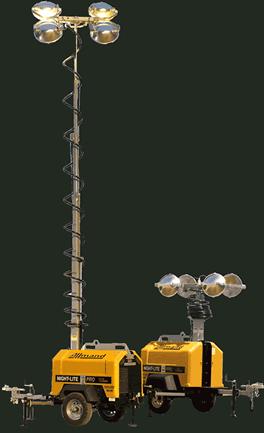Also, as for your comment ("He tried to say lowing your shutter to the same as frame rate (ie 30p and 1/30) would eliminate this problem which is completely false."), I took this as a point you were strongly disagreed with, though I see no reason as to why I was completely wrong. For anyone who is actually interested, I suggest looking up credible sources on this. Internet forums are only a starting point -- I cannot stress this enough.
What has not been mentioned in this thread is the type of light used. Many types of lights operate such that the light's output is not directly proportional to the current passing through it / voltage across it. The easiest example to think of for this is an incandescent bulb which heats a filament to produce the light. This heat does not significantly depreciate from one cycle to another, and correspondingly neither does the light. The light output will therefore be smoothed from one cycle to another, the amount by which depends on the light itself. If you were to use a light which has a similar effect, then the flicker would be greatly reduced or entirely unnoticeable, regardless of shutter speed or frequency mismatches.
To see something representative of what the light output is doing during this time, compare these two plots, paying attention to the scales on the y-axes:
http://www.wolframalpha.com/input/?i=plot+abs%28sin%282*pi*60*t%29%29+t%3D0..%281%2F60%29*4 and
http://www.wolframalpha.com/input/?i=plot+%280.9%2B0.1*abs%28sin%282*pi*60*t%29%29%29+t%3D0..%281%2F60%29*4
Each one is a plot of four cycles of AC power at 60 Hz. The first one has a +/-50% flicker whereas the second one is smoothed out at a higher light output, with only a +/-5% flicker (which I chose arbitrarily). The actual % flicker will depend on the light itself, and the frequency at which the voltage is applied across it. (Wolfram Alpha tends to shorten the axes, which is why the second one looks so similar.) Note that the curves are actually a plot of the light output, which is why they have points at the bottom, unlike the voltage which actually does have a smooth sinusoidal shape.
If you find you are having problems with these bands of light/darkness (which means that you have a frequency mismatch) and want to have flexibility of frame rate and shutter speed, you may want to consider trying out a filament-based light (likely one which gets quite hot). That way you can continue using the same camera settings and generator.
Not that I'm saying Wikipedia is a credible source, but here is a little description on the banding effect in relation to fluorescent lights:
http://en.wikipedia.org/wiki/Fluorescent_lamp#Flicker_problems
It even mentions that there are fluorescent lights that use electronic ballasts which create a flicker at 5kHz, which I was unaware of. With lights such as that, you should not notice any flicker in your video unless you are shooting at above 5000 fps (or with a shutter speed faster than 1/5000 sec, I believe).
Again, anyone feel free to correct me if you can prove that I am wrong. It's in everyone's best interests if you can provide a valid explanation, and not just your own opinion on the matter.







